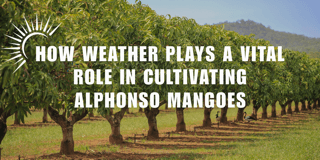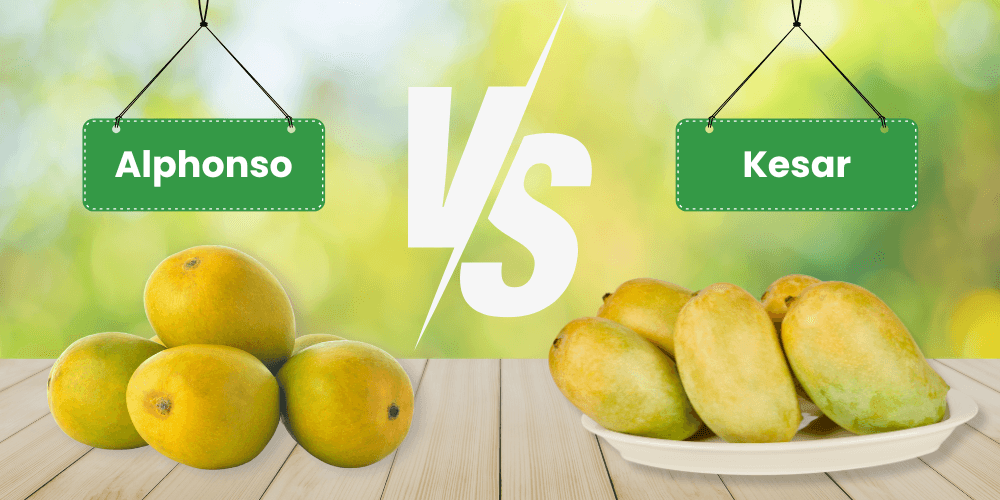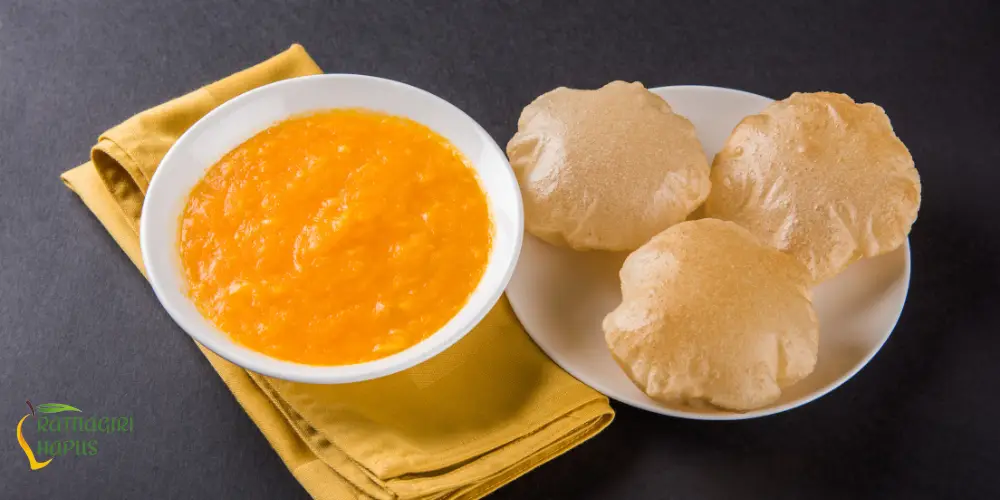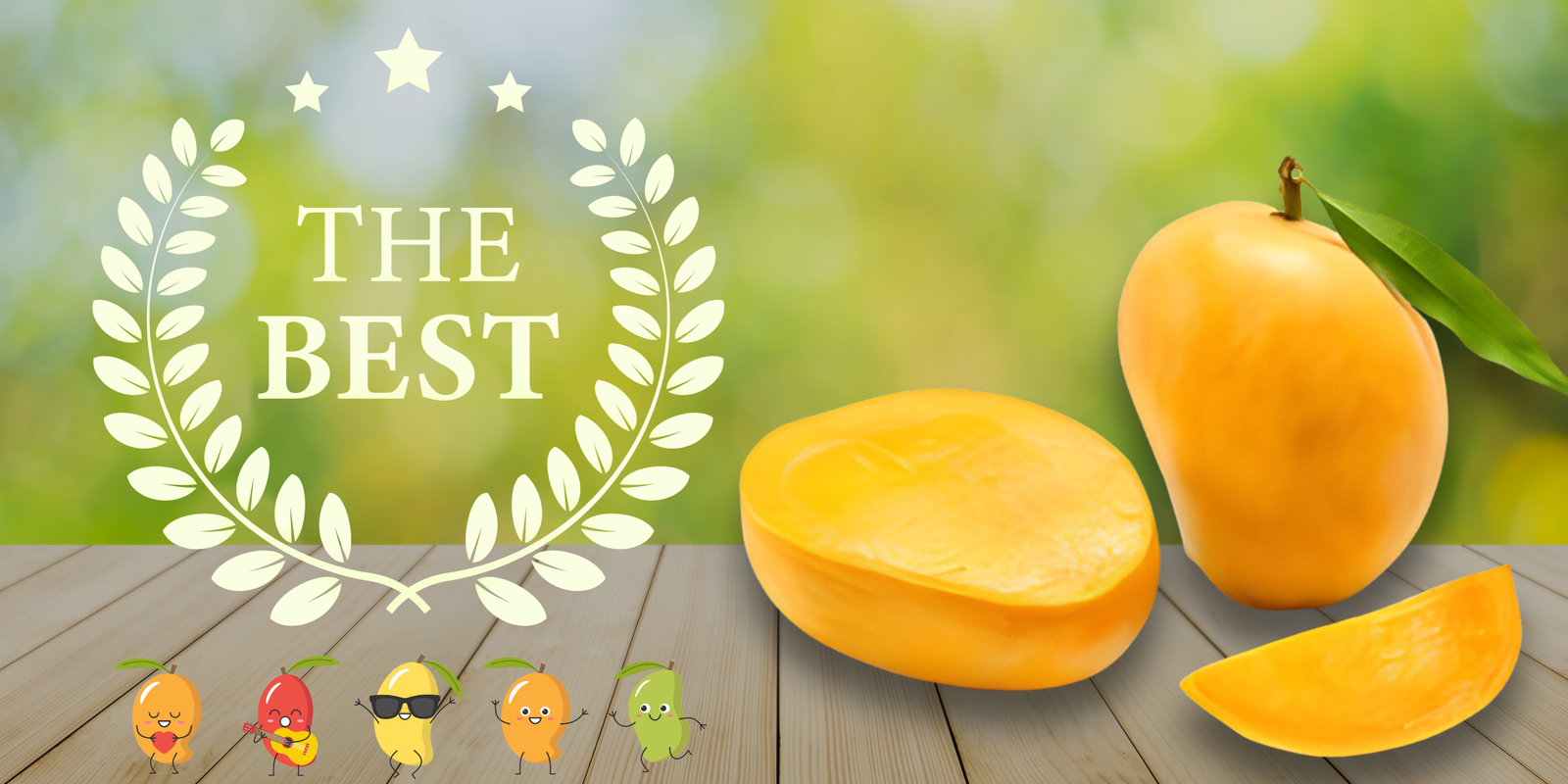
The much-anticipated Alphonso mango season is almost here! Known for its luscious flavor, smooth texture, and delightful aroma, Alphonso mangoes—often called the “King of Mangoes”—are a treat mango lovers worldwide eagerly await. The 2025 season is shaping up to be a fantastic time for all mango enthusiasts, and there’s no better place to fulfill your mango cravings than Ratnagiri Hapus Store. Alphonso Mango Season 2025: Coming Soon!
When to Expect Alphonso Mangoes in 2025?
The Alphonso mango season typically spans from March to June, with April and May being the prime months. Early arrivals hit the market by late February, but the peak flavors emerge as the mangoes fully ripen in the heart of the season.
Why Choose Ratnagiri Hapus Store for Alphonso Mangoes?
Ratnagiri Hapus Store is a one-stop destination for authentic Alphonso mangoes. Here’s why they stand out:
- Authenticity Guaranteed:
The store sources its mangoes directly from the Ratnagiri and Devgad regions of Maharashtra, ensuring every mango is genuine and full of the rich flavors that these regions are renowned for. - Farm-to-Table Freshness:
Their commitment to quality ensures that the mangoes are handpicked, naturally ripened, and carefully packed to retain freshness. - Online Convenience:
You can easily order Alphonso mangoes online from Ratnagiri Hapus Store, making it accessible for mango lovers worldwide to indulge in this seasonal delight. - GI-Certified Produce:
The mangoes come with a Geographical Indication (GI) tag, a hallmark of authenticity and quality.
Frequently Asked Questions About Alphonso Mango Season
1. What Makes Alphonso Mangoes Special?
Alphonso mangoes are prized for their:
- Distinctive sweet and fruity aroma.
- Non-fibrous, buttery pulp.
- Perfect balance of sweetness and acidity.
2. How Can I Identify Authentic Alphonso Mangoes?
Authentic Alphonso mangoes have:
- Bright golden-yellow skin with hints of red blush.
- A rich, fruity aroma.
- A natural Geographical Indication tag when purchased from trusted sources like Ratnagiri Hapus Store.
3. What Is the Best Way to Store and Ripen Alphonso Mangoes?
- Ripening: Keep mangoes at room temperature, allowing them to ripen naturally.
- Storage: Once ripe, refrigerate them to retain freshness for 3–5 days.
4. Why Is the Ratnagiri Region Famous for Alphonso Mangoes?
The unique coastal climate and soil of the Ratnagiri and Devgad regions produce mangoes with unparalleled sweetness, aroma, and texture. This natural advantage makes them the finest in the world.
5. Can I Order Alphonso Mangoes Online?
Absolutely! Ratnagiri Hapus Store provides a seamless online ordering experience, delivering authentic Alphonso mangoes straight to your doorstep.
How to Prepare for Alphonso Mango Season 2025?
- Order Early: Pre-book your mangoes from trusted sellers like Ratnagiri Hapus Store to ensure availability during the peak season.
- Explore Recipes: Experiment with desserts, smoothies, or traditional mango dishes to elevate your culinary experience.
- Share the Love: Gift a box of authentic Alphonso mangoes to friends and family—it’s the ultimate summer treat!
Conclusion: Your Alphonso Mango Season 2025 Companion
As Alphonso mango season 2025 approaches, it’s time to prepare for the ultimate fruit indulgence. Whether you’re savoring them fresh, adding them to recipes, or sharing the joy with loved ones, make sure to source your mangoes from the best. Ratnagiri Hapus Store ensures you get only the finest, GI-certified mangoes, delivered fresh to your table.
Get ready for a season filled with sweetness and flavor. The King of Mangoes awaits—order now! 🌟










